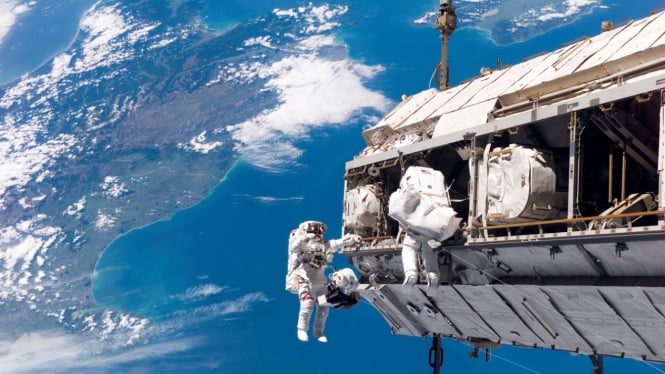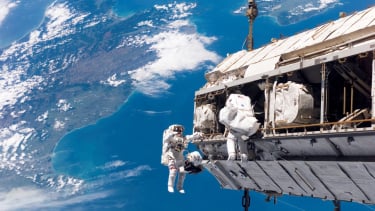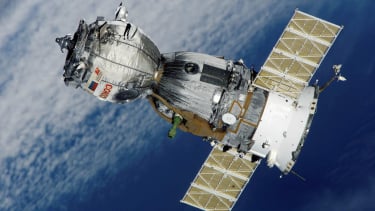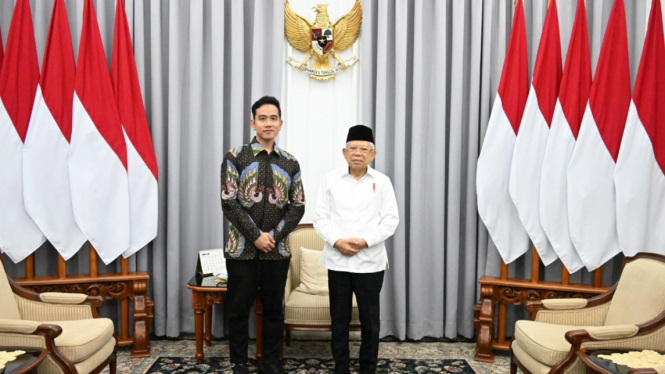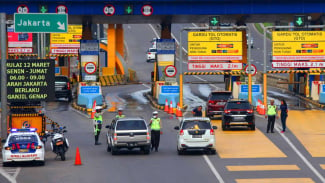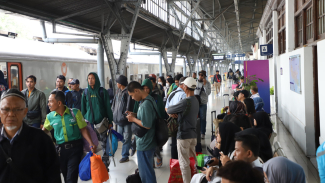- SpaceNews
VIVA – Two Russian cosmonauts and an astronaut from the United States stuck on the International Space Station (ISS) after technical problems with the Soyuz MS-22 spacecraft that was supposed to bring them back to Earth.
Now, Russia will have to launch another Soyuz rocket to return Sergei Prokopyev, Dmitry Petelin, and Francisco Rubio were set to return to the Blue Planet aboard the Soyuz MS-22 in March following a mission on the ISS.
But last month, their original capsule suffered from a so-called coolant leak, which reportedly came from a tiny puncture in the external radiator of the Soyuz MS-22 capsule currently docked on the ISS.
"The expedition of Sergey Prokopyev, Dmitry Petelin, and Francisco Rubio to the ISS is being extended. They will return to Earth on Soyuz MS-23. The launch of the Soyuz MS-23 will be on February 20, 2023, in an unmanned mode." The Russian space agency Roscosmos said.
The damage to the radiator pipeline reportedly came as a result of a meteorite, according to the space agency. Roscosmos added that the diameter of the hole is less than 1 millimeter.
Wahana antariksa Soyuz.
- www.pixabay.com/WikiImages
The incident has caused major disruption for Russia's ISS plans, slamming the breaks on planned spacewalks by its cosmonauts as officials prioritize fixing the leaky capsule, which functioned as an emergency escape pod for the crew.
This means they are left stranded if a serious problem develops in the station’s living quarters, as appears to have happened.
The National Aeronautics and Space Administration (NASA) is also weighing whether SpaceX's Crew Dragon spacecraft could provide a ride home for some ISS crew members as an alternative if Russia fails to launch another Soyuz Rocket.
It is estimated that the ISS costs around US$1.3 billion per year to operate, and both countries are working together to fix current problems despite the legacy of the Cold War and the soaring geopolitical climate.
The Soyuz program is the longest human spacecraft program in the history of space exploration, with the first manned flight into space occurring on April 23, 1967.
The spacecraft generally weigh seven tons and measure 7.2 meters long by 2.7 meters in diameter. They unfold open solar panels after launch and can carry up to three astronauts at a time.

